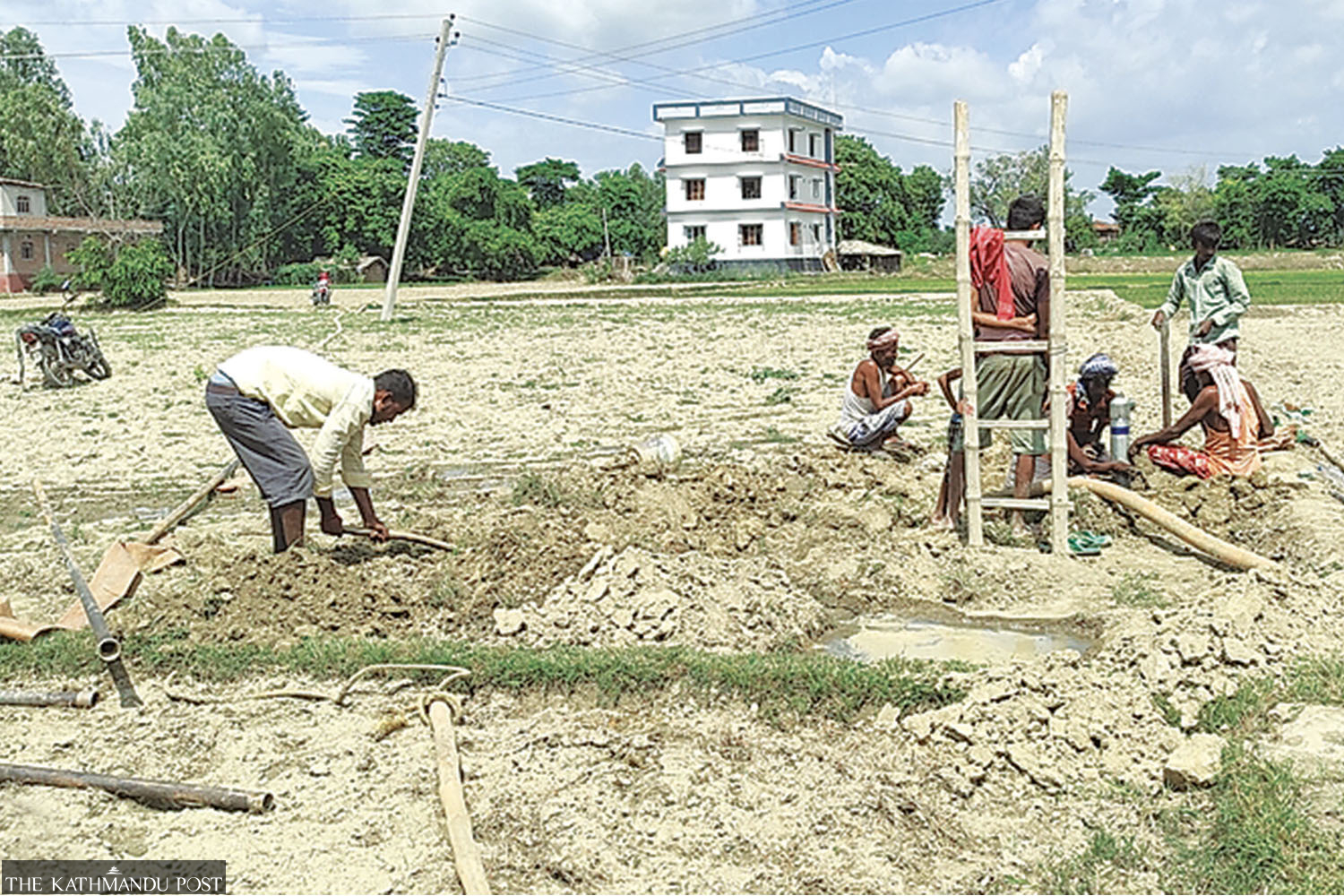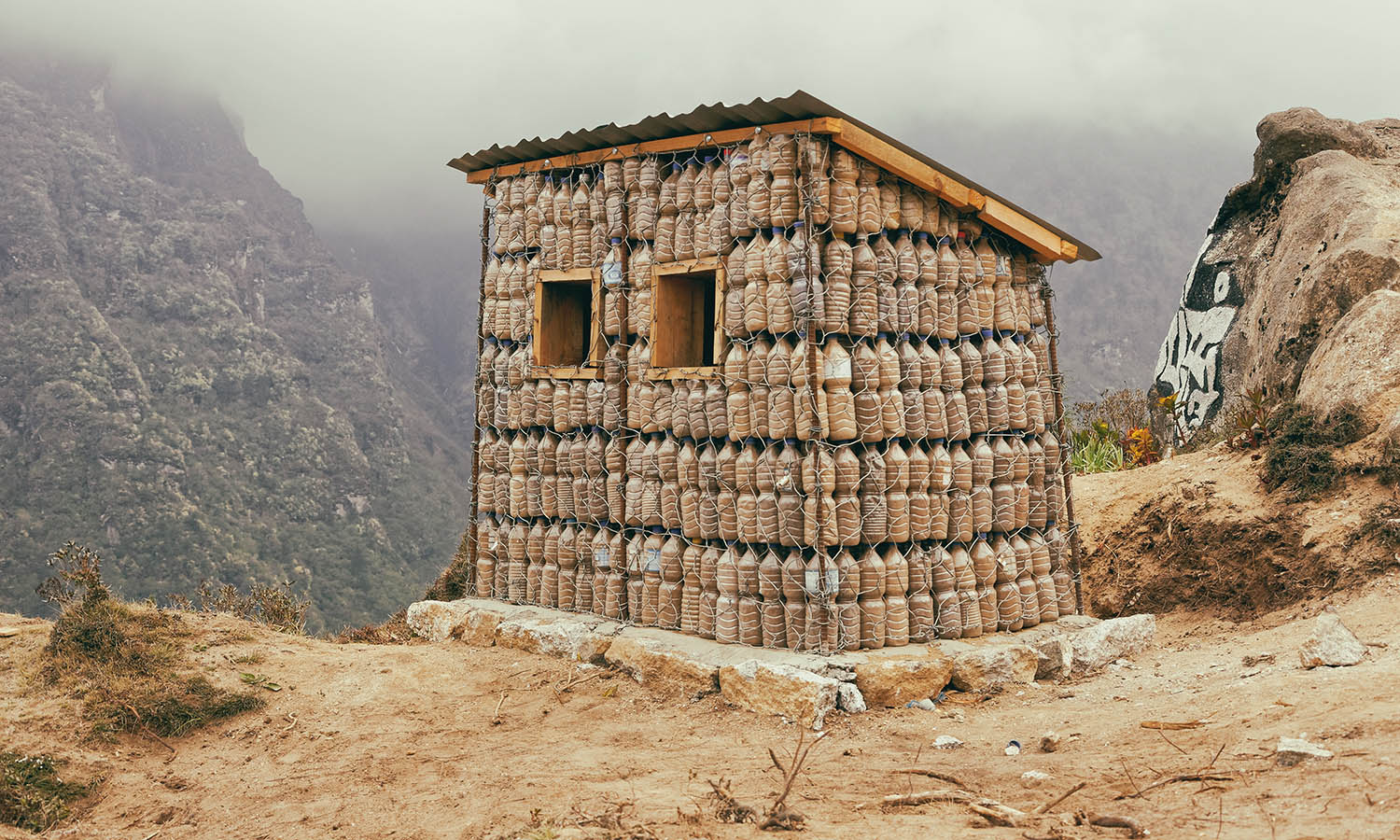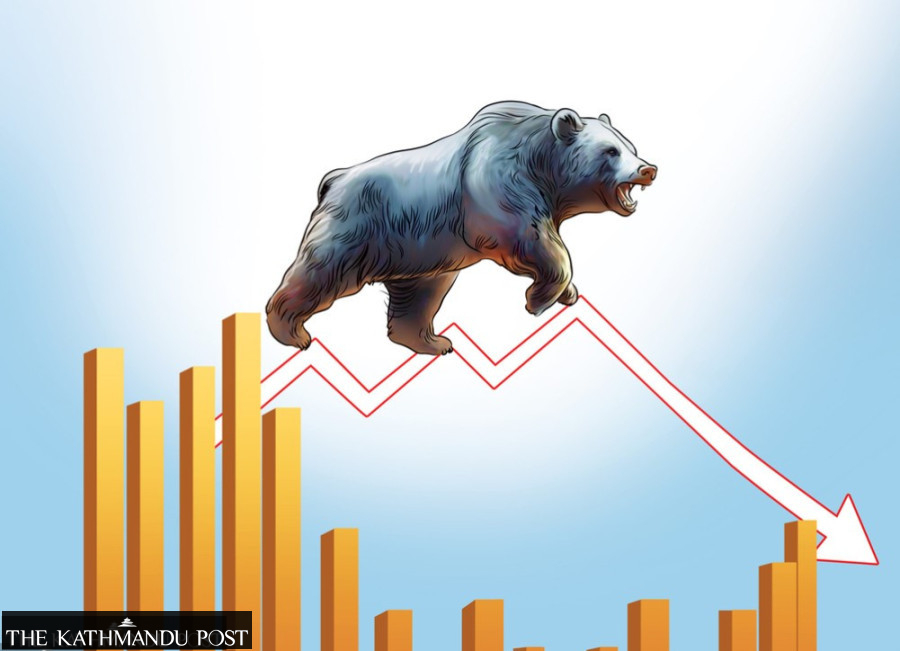Money
Battered Pokhara tourism looks to new airport for rescue
The Chinese Embassy in Kathmandu has asserted several times that the construction project is linked to Beijing's global infrastructure development strategy despite Nepal's denials.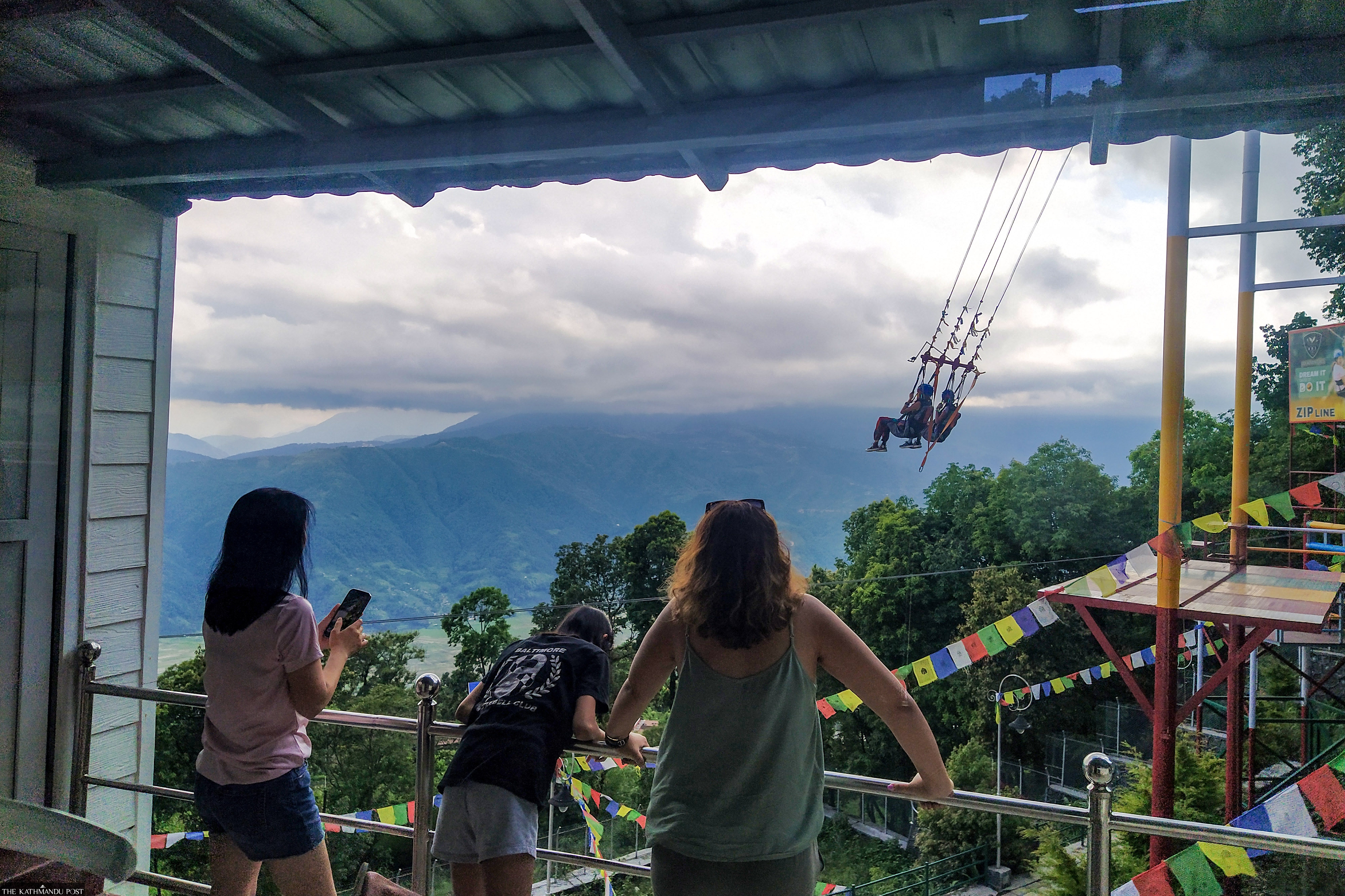
Sangam Prasain
Tourist arrivals to Pokhara shot up as boat race fever gripped the lakeside city last week. The Dragon Boat Festival, which was held here for the first time from June 23-24, drew hordes of Chinese visitors, setting hotel booking charts on fire.
Beaming hotel owners said the average occupancy rate rose to 40 percent from 25 percent in the previous week.
Tourists from south of the border too are filling up hotels in the economy segment.
"Indian tourists are coming to Pokhara to escape the heat. They drive up in their own cars," said Runa Devi Jwarchan of Hallanchowk. The 75-year-old hotelier says she is seeing Chinese tourists after three years.
“The Chinese are here to take part in the boat race. The race is unique and quite exciting,” she said. Jwarchan says she is optimistic that Chinese tourists will come to Pokhara again. “We need Indian tourists equally badly.”
Geopolitics is creeping into Pokhara tourism along with increased arrivals. Chinese claims that Pokhara International Airport was built under the Belt and Road Initiative (BRI) have triggered controversy.
The Chinese Embassy in Kathmandu has asserted several times that the construction project is linked to Beijing's global infrastructure development strategy despite Nepal's denials.
Nepal's giant neighbours in the north and south are competing for attention in Pokhara by holding their own events. “This trend may heat up in the coming days,” says a senior official of the Nepal Tourism Board.
On June 21, International Day of Yoga was celebrated in Pokhara, which was mainly promoted by Indian Prime Minister Narendra Modi. Hotels say Indian visitors flocked into Pokhara in large numbers that week.
On the heels of the yoga programme, the Chinese held their Dragon Boat Festival on Phewa Lake. The festival is a traditional Chinese holiday which falls on the fifth day of the fifth lunar month, which falls in late May or June.
Analysts say Chinese travel interest in Nepal was set off by the release of the Chinese movie "Up in the Wind" in 2013. Shot in the tourist spots of Kathmandu, Pokhara and Chitwan, the film made Nepal popular among Chinese travellers.
Chinese arrivals turned into a torrent, particularly to Pokhara in the Annapurna foothills. Many Chinese tourist guidebooks listed the lakeside city as one of the "top ten places in the world to see before you die".
But Covid came and everything went in a flash. Jwarchan hopes that events like the boat festival will draw Chinese tourists again.
But that remains to be seen. Until a few months ago, investors and entrepreneurs had thought that tourism would suffer only a temporary setback as a result of the coronavirus.
Now it has become clear that the rough patch could continue for quite some time.
“Hotel occupancy is not even 25 percent,” said Manja Bhujel, proprietor of Green Beach Pokhara Restaurant and Bar at Lakeside.
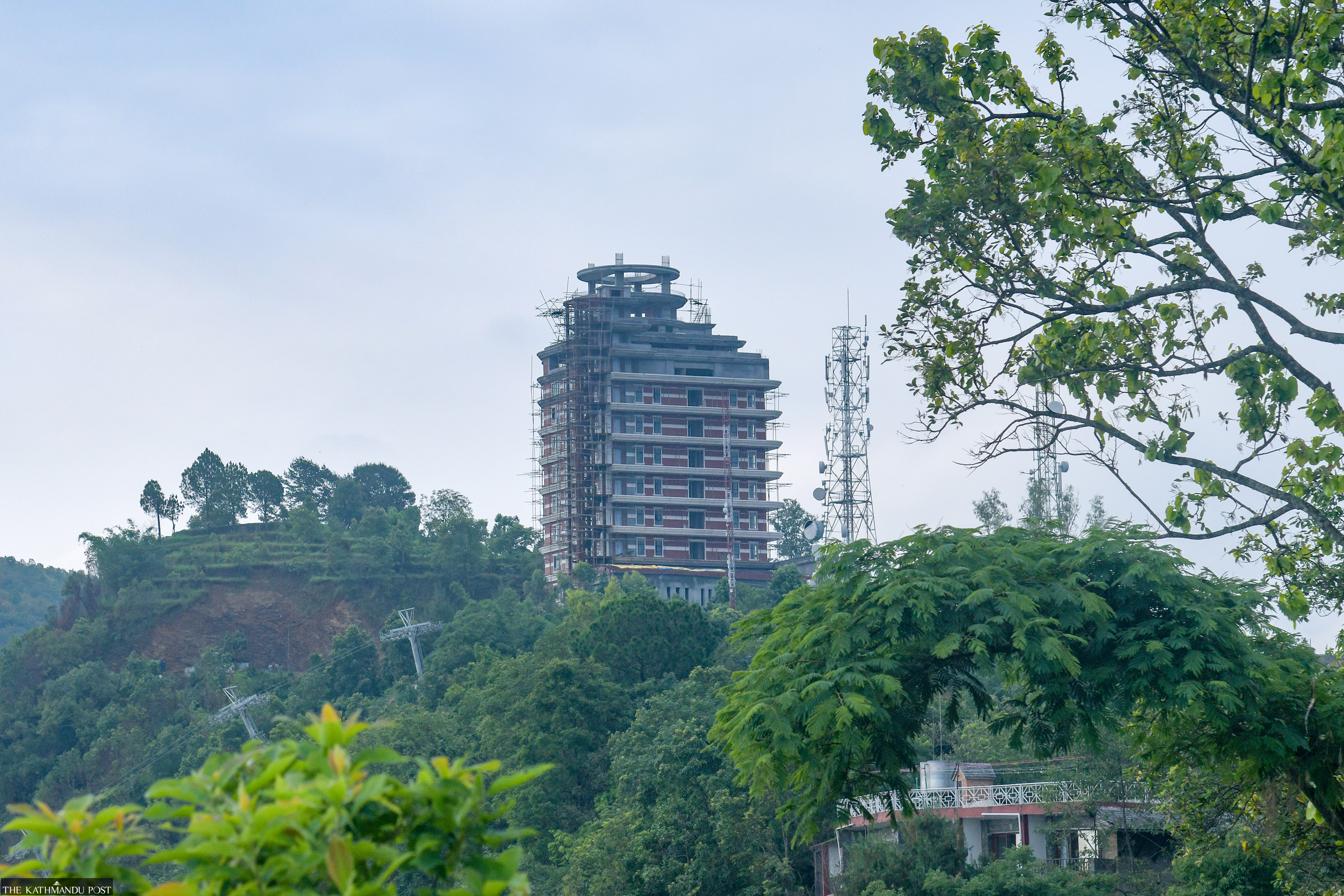
Before Covid, Pokhara drew foreign tourists with its cheap beer bars and vibrant nightlife.
“The situation is different now. We have to wait for special occasions like the boat race or the yoga programme to see visitors in large numbers,” said Bhujel. “Despite high inflation and ongoing economic crisis, Pokhara is still a cheap place to visit.”
Pokhara was also hoping to promote monsoon tourism, bringing tourists from India during the June-August period. These are the months when extreme heat in India forces people to tour neighbouring countries like Bhutan and Nepal.
But promotion of monsoon tourism has faltered. Bhujel said that after Covid, tourists stayed away from Nepal for two reasons--endless highway upgradation and safety concerns following the Yeti Airlines crash.
Improvement work on the Prithvi Highway continues with no end in sight, creating massive inconvenience to travellers. It takes around 10 hours to cover the 200-km distance from Kathmandu to Pokhara.
“Many people don’t want to fly after the crash of Yeti Airlines last January,” said Bhujel.
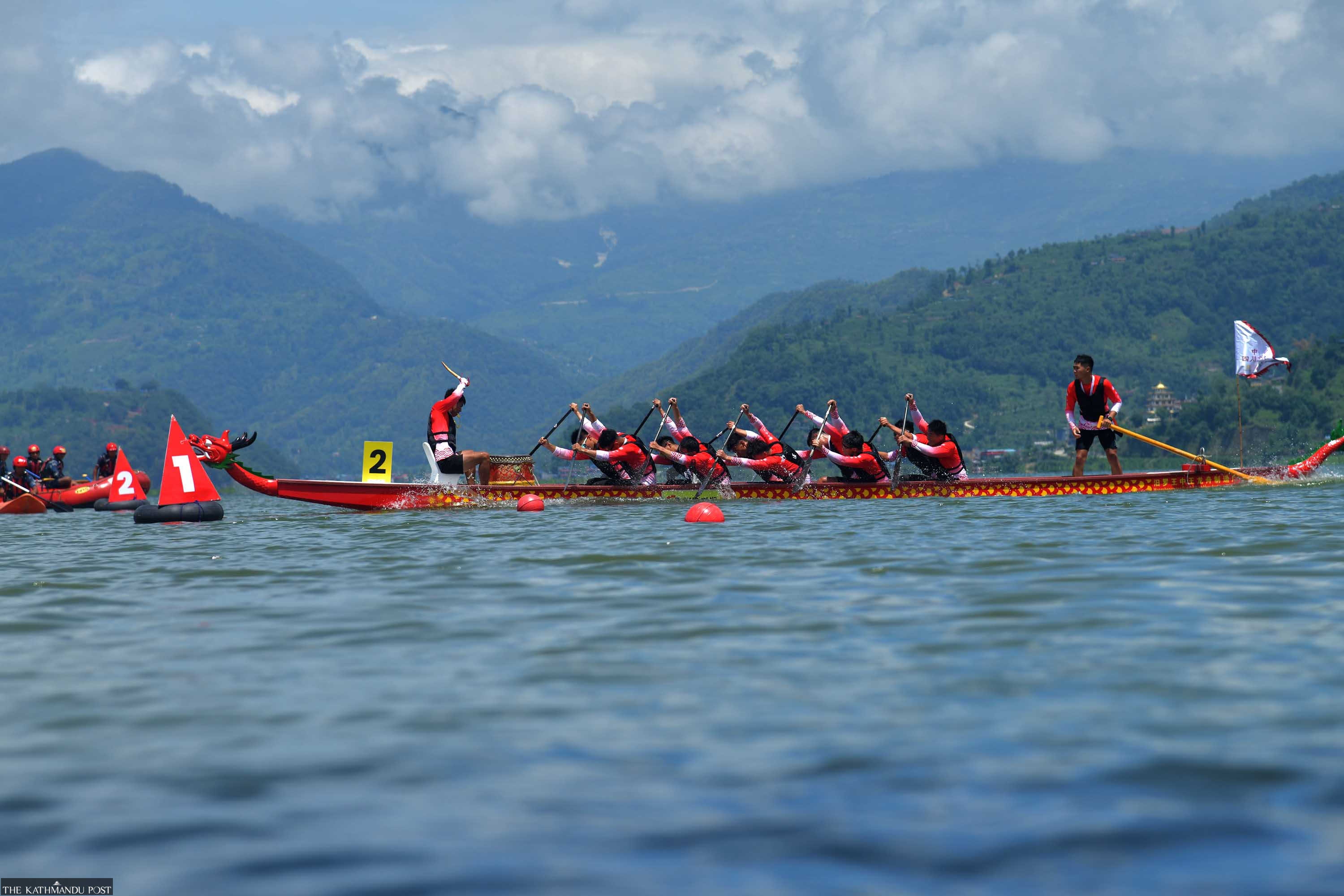
Tourism entrepreneurs were hoping that the new international airport would bring hordes of tourists and fill the empty rooms. Investors have poured billions into new properties.
With a large number of new infrastructure--ranging from resorts to cable cars and an international airport to adventure activity facilities--Pokhara was pushing to change its evergreen tag of being the world’s cheapest destination. But there is no enthusiasm.
“We have invested heavily in the cable car project. We have a complete package to offer. To be honest, we want tourists,” says Anjan Badgami, general manager of Annapurna Cable Car.
Annapurna Cable Car, built by the private sector with a collective investment of Rs2 billion, began carrying passengers to scenic Sarangkot in October last year.
As tourist numbers have slowed, many projects and hotels are wondering what steps to take to attract tourists.
For some, the answer may be Chinese and Indian tourists. “We have planned for promotional activities targeting the two neighbours,” said Badgami.
"Nepal too has to adopt digital marketing to draw tourists, which the world is doing," he said. “We don’t want to make this project fail, not at all.”
Pokhara was a favourite destination of Western hippies during the 1960s and 1970s, and they were the first explorers to visit the Annapurna region.

Mt Annapurna I (8,091 metres) was climbed on June 3, 1950 by French national Maurice Herzog and a team of mountaineers, and since then, Pokhara has become the gateway to the Annapurna region. Over the decades, its cheapest destination tag, however, has not changed.
Pokhara aspires to become a destination on its own—not an offshoot of Kathmandu—now that it has its own international airport. Scores of luxury properties are in the pipeline.
But the government has not been able to operate the new international airport.
Local tourism entrepreneurs cheered the arrival of a charter flight last week which brought the participants of the Chinese boat race.
But no one knows when the $215.96 million facility built with a Chinese loan will receive regular international flights. The airport operator, the Civil Aviation Authority of Nepal, is tight-lipped about the new airport’s commercial prospects.
Nepal has been prodding India unsuccessfully for air routes to connect the multi-million dollar infrastructure. Without entry routes from India, the airport is financially and technically unviable, insiders say.

Tourism entrepreneurs hope that China will operate some flights to Pokhara, which will put India under pressure to compete.
“Obviously, if there is competition, the airport will become viable. The government should focus on bringing international flights to the new property by any means,” said Sanjiv Gautam, former director general of the Civil Aviation Authority of Nepal.
Slowed arrivals in Pokhara have worried neighbouring districts too. Tourist hotspot Bandipur too is seeing few tourists.
“The upgradation of Prithvi Highway has affected our business. We don’t know when the road project will be complete,” said Raj Kumar Magar, operational manager of the Hotel Durbar Himalaya in Bandipur.
Magar says occupation is less than 20 percent in June and this may continue until September.
Besides the bad road, hoteliers say fluctuations in electricity supply are another headache.
“There is no regular electricity supply. The cost of operation was already high, and now irregular electricity supply has added to the woes of the hospitality industry.”




 18.12°C Kathmandu
18.12°C Kathmandu

